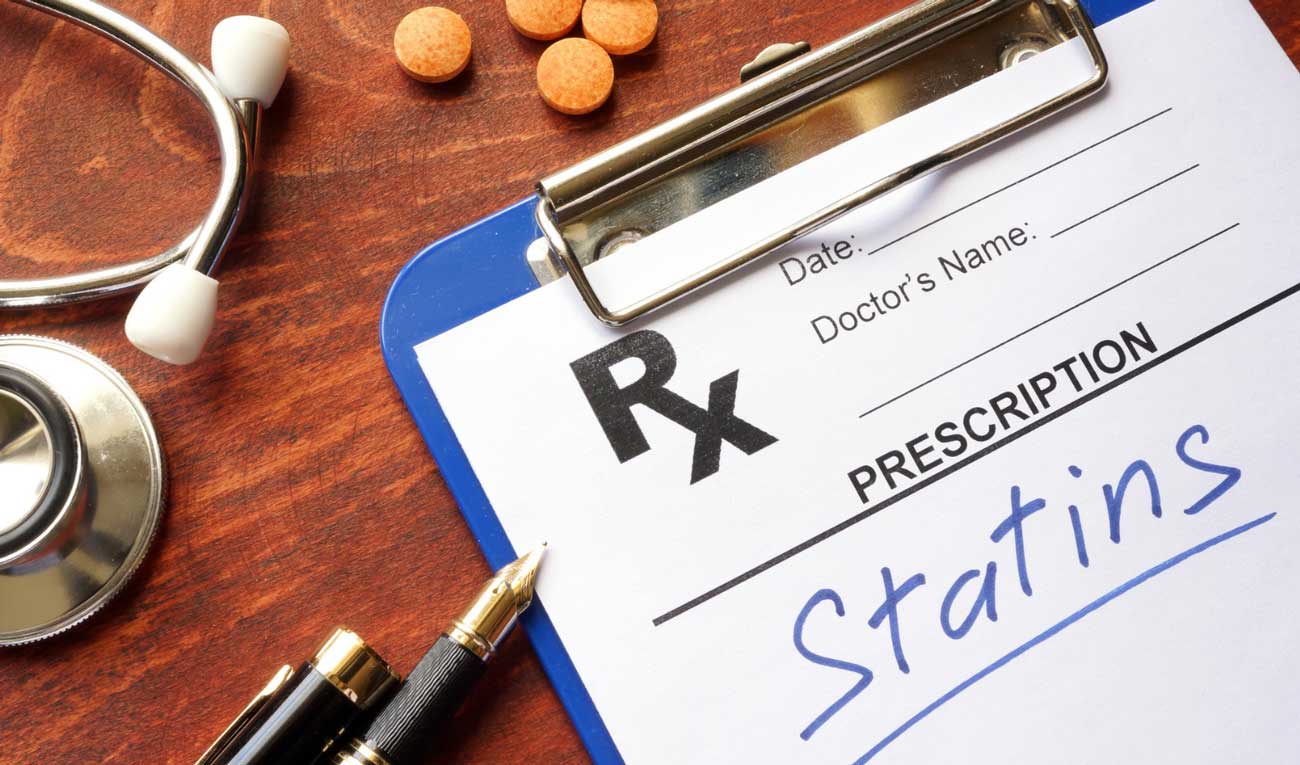How Statins Work – And Why They’re Not Enough
TV commercials for statins like Lipitor, Crestor, Mevacor, Pravacol, and Zocor sure make it look as if these drugs are the cure-all for cholesterol and heart disease. Get all the facts on statins, and learn what to watch out for.


Learn More About Pritikin
Blood cholesterol is also the number we’re referring to when we say, “My cholesterol level is . . .”
Here’s one really important point: Our liver manufactures all the cholesterol we need.
The second type of cholesterol is dietary cholesterol. This is the cholesterol we eat. Major sources include egg yolks, organ meats like liver, and shrimp.
If we eat too much dietary cholesterol, we can raise our blood cholesterol somewhat, but what really sends our blood cholesterol soaring are saturated fats and trans fats. Foods full of saturated fat include red meat, butter, cheese, cream, whole milk, palm oil, and coconut oil. Foods with trans fats include anything that has partially hydrogenated oils in its ingredient list, such as many store-bought cakes, pies, and cookies as well as biscuits, donuts, and some margarines.
Lifestyle Changes
To improve our blood cholesterol levels, physicians often prescribe lifestyle changes focused on three key rules:
- eat a lot less saturated and trans fat,
- lose excess weight, and
- eat more foods that actually lower blood cholesterol. They are foods rich in soluble fiber like beans (also known as legumes), yams, oats, barley, berries, Brussels sprouts, and many other fruits and vegetables.
Statins, and How Statins Work
Doctors also prescribe, usually if lifestyle changes are falling short, drugs like statins. Statins have been clearly shown to reduce blood cholesterol and prevent atherosclerosis, or heart disease. They work by reducing the liver’s production of cholesterol. They block an enzyme called HMG CoA Reductase that the liver uses to make cholesterol.
But other things are happening in the liver that statins do not affect. In addition to producing cholesterol, the liver helps clear excess cholesterol from the blood. It has tiny receptors that “capture” LDL bad cholesterol particles that are floating around. Like vacuum cleaners, these receptors “suck” this excess cholesterol up and out of the blood, which means there’s much less cholesterol seeping into our artery walls, building plaque.
The problem is, a diet full of saturated fats, trans fat, and dietary cholesterol reduces the number and effectiveness of these LDL receptors. And there’s nothing statins can do to counteract this process.
Statins + Lifestyle
That’s why it is so critical to combine statin therapy with an excellent diet like the Pritikin Eating Plan. Researchers at UCLA showed that partnering the Pritikin Program of diet and exercise with statin drugs was far more effective than statins alone. The scientists followed 93 men and women who had decided to come to the Pritikin Longevity Center. Before coming, they’d been on statins for several months. They had lowered their blood cholesterol on average 20%. But after three weeks at the Center, they were able to reduce their cholesterol an additional 19%. (1)
What Statins Don’t Do
It’s also important to keep in mind that statins address just one risk factor for heart disease — high cholesterol levels. There are many other risk factors that statins do not touch, like high blood sugar, insulin resistance, belly fat, high blood pressure, and high triglycerides (blood fats).
“To attack all these risk factors, your best bet is a healthy lifestyle like Pritikin,” points out Dr. Danine Fruge, Medical Director at Pritikin.
Side Effects
Following the Pritikin Program might also mean you can reduce – maybe even eliminate – your dependency on statins. That’s a very good thing because statins, like all drugs, can have side effects.
-
Myopathies
Some people experience myopathies (muscle pain), usually characterized by moderate discomfort upon motion, frequently in the hip and thigh area.
-
Myositis
A more serious form, called myositis (inflammation of the muscles) occurs in a very small percentage of people who take statins. It’s fortunate it’s rare. Myositis can have life-long impacts that are devastating, recently reported the non-profit Myositis Organization. Patients struggle with movements as simple as lifting their arms over their heads or getting up from chairs.
-
Liver Damage
Also rare but concerning, statin use may trigger a rise in enzymes that signal liver inflammation. Symptoms include fatigue, stomach pain, appetite loss, yellowing of skin or eyes, or dark-colored urine.
-
Type 2 Diabetes
Of late, statin use has also been linked with rising blood sugar levels and increased risk of type 2 diabetes.(2) In fact, the Food and Drug Administration (FDA) has issued a warning on statin labels about blood sugar levels and diabetes (3).
-
Cognitive Impairment
Some people complain of cognitive struggles with statin use, for example, fuzzy thinking and forgetfulness. But the science is not yet strong enough to confirm this side effect. The good news: These symptoms are generally not serious and are reversible when the statin is stopped or patients change to another statin.
Sources
- 1 American Journal of Cardiology, 1997; 79: 1112.
- 2 Drugs & Aging, 2017; 34 (3): 203.
- 3 Food and Drug Administration – Statin Use.
